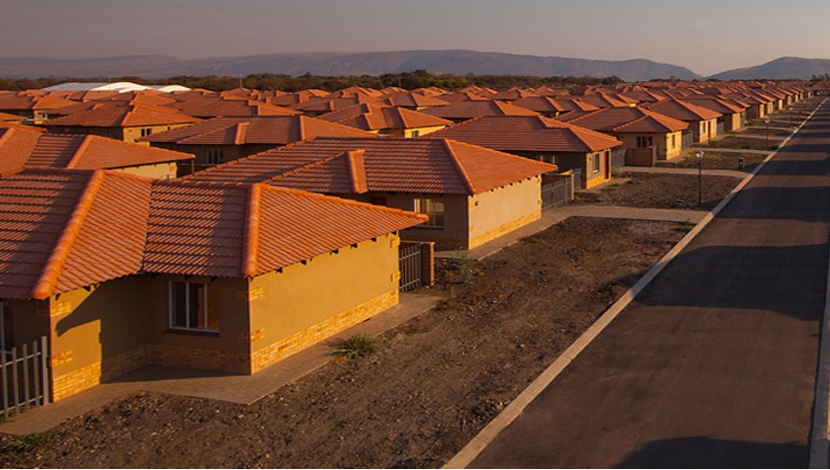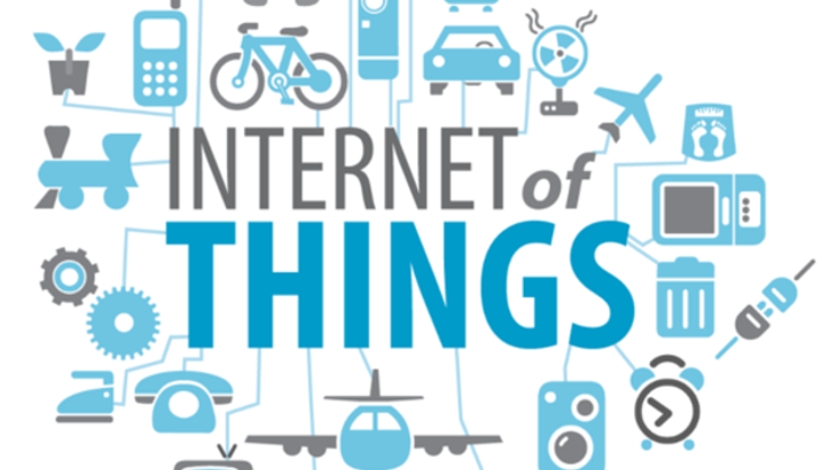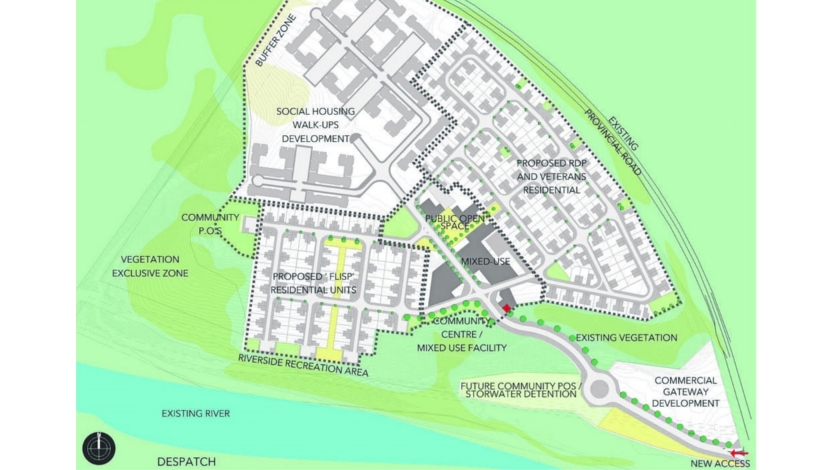

In 2001, Lafarge set itself a target of reducing its CO2 emission per tonne of cement by 20% by 2010, a target that was achieved on schedule. The company then decided to set another target- a reduction to 33% by 2020.
Lafarge is leading initiatives like the World Business Council for Sustainable Development EEB (Energy Efficiency in Buildings) projects with the ambition to cut energy consumption in the building sector by 80% by 2050.
LafargeHolcim has various products which reduce the carbon footprints of houses by lowering their use of energy-consuming devices.
One such is Thermedia, a concrete solution which is designed to both retain and distribute heat in cold climates and keep interiors cool in warm climates thus reducing heating and air-conditioning costs while retaining the properties of traditional concrete (mechanical, acoustic, earthquake resistance, durability, shrinkage and fire resistance).
. Unlike clay bricks, they do not require burning, a practice that has harmed the environment through deforestation and soil degradation. Durabric is available in Malawi, Rwanda, Tanzania, Cameroon and Zambia. Individual homebuilders and masons are trained on how to use the machines used to make Durabrics.
A senior official of Lafarge Africa Plc also described a special kind of concrete that is resistant to salt water used for construction of buildings and infrastructure at Eko Atlantic, an ultra-highbrow, new district in Lagos.
Lafarge Africa is also pushing readymix in Nigeria. Lafarge Readymix Nigeria Limited supplies pre-mixed concrete in exactly the form and density which builders need for their projects, thus saving 20% in construction time. The company currently operates 10 batch plants in Lagos, Port Harcourt and Abuja with on-going expansion plans across Nigeria.
In Ogun State, Lafarge Africa Plc is forging ahead with its determination to minimise its carbon footprint by embarking on vast agro forestry projects, which will enable it to replace the use of fossil fuels in its factories with biomass residues. This has spillover benefits to the people in the state; green trees are springing up in degraded forests and the project is also aiding the production of food crops.
Furthermore, Lafarge Africa is carrying out its mission to improve the environment with a mix of financial and technological innovations by aiding lower income Nigerians to acquire modern, affordable homes. Also, in Ogun State, over 3,000 Nigerians have so far benefited from the Ile-Irorun low-cost housing scheme initiated by Lafarge Africa Plc in partnership with Nigeria’s biggest microfinance bank, Lapo Microfinance.
Lafarge Africa’s low-cost housing scheme is being extended to residents of Cross Rivers and Abuja with the recent onboarding of another microfinance lender, Fortis MFB.
CEO Cement, Lafarge Africa, Adepeju Adebajo, says the company is well placed to support the changing construction needs of Nigeria as the economy continues to grow and the tastes and requirements for infrastructure and housing of various socio-economic groups change.





